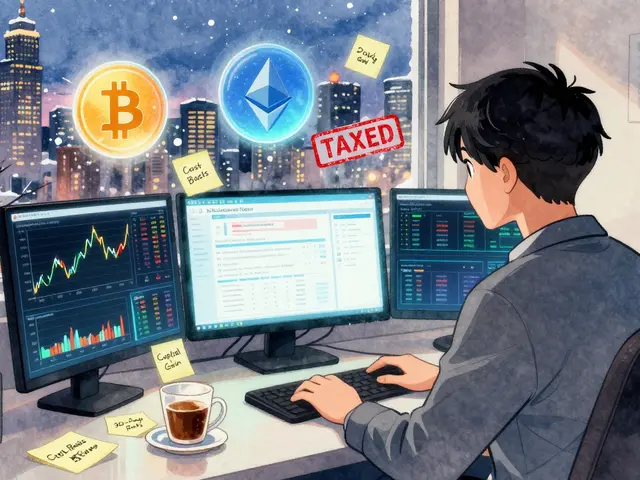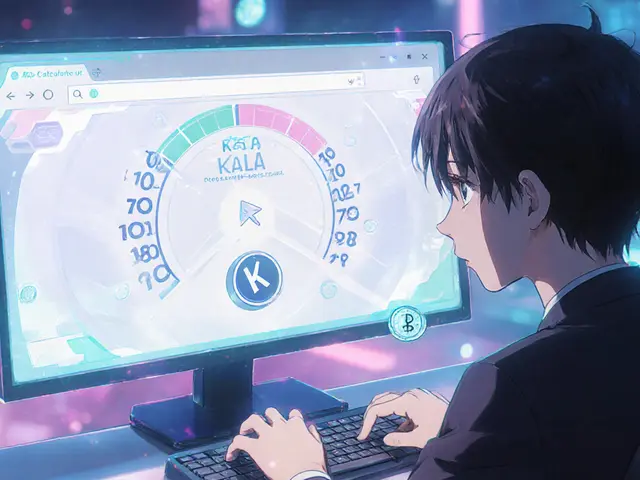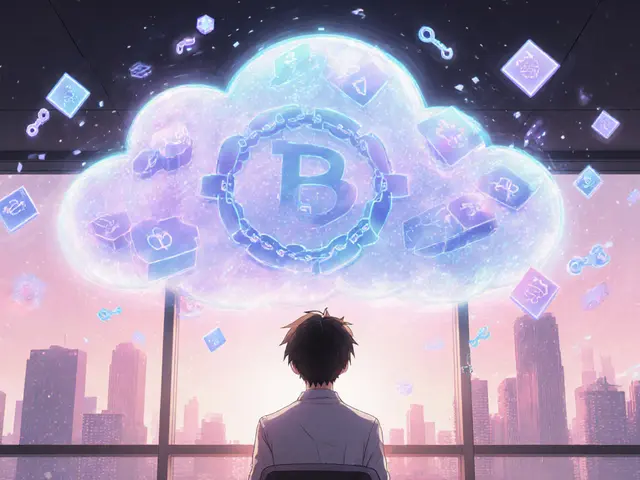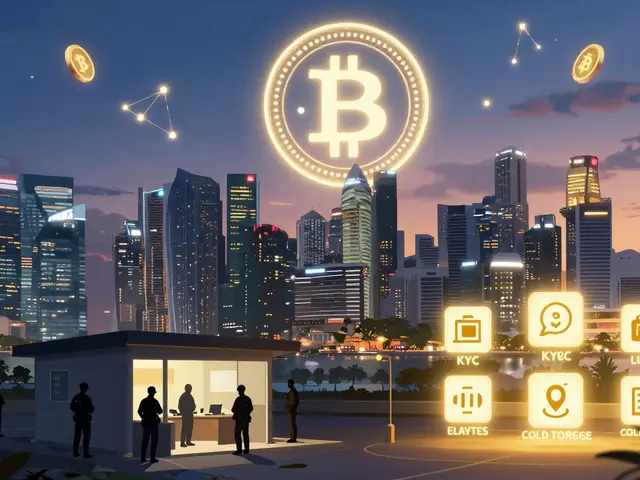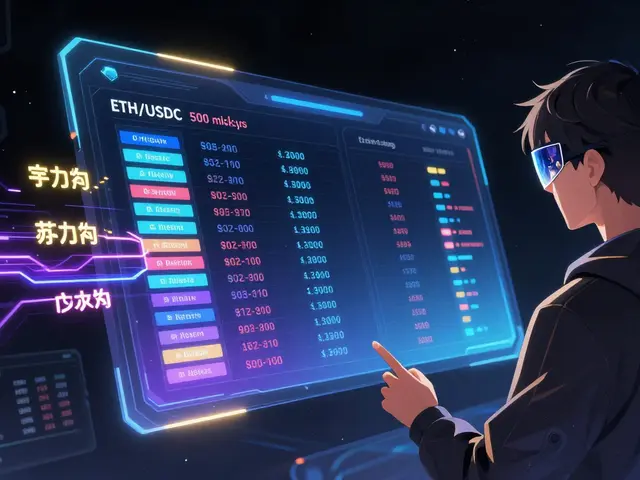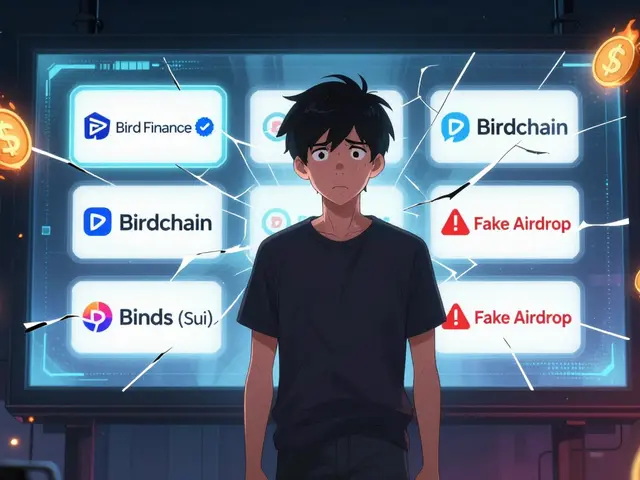Ethereum Hard Fork: What It Is, Why It Matters, and What It Means for You
When you hear Ethereum hard fork, a permanent split in the Ethereum blockchain that creates two versions of the network. Also known as blockchain fork, it’s not just a technical update—it’s a vote on the future of the network. Unlike soft forks, which are backward-compatible, a hard fork forces everyone to upgrade or get left behind. If you hold ETH, stake it, or use DeFi apps, this isn’t something you can ignore.
Every major Ethereum upgrade since 2016 has been a hard fork—some planned, some forced. The biggest? The Merge, the 2022 shift from energy-heavy proof-of-work to proof-of-stake. This wasn’t just a tweak; it cut Ethereum’s electricity use by over 99%. Suddenly, the environmental criticism that haunted Bitcoin didn’t apply anymore. And it wasn’t just about power—it changed how validators earn, how security works, and even how fast transactions settle. Then came the Shanghai upgrade, which finally let people withdraw staked ETH. Each hard fork adds a new layer: better scaling, tighter security, new features. These aren’t theoretical changes—they directly affect your wallet, your trading strategy, and your ability to use apps without paying $50 in gas fees.
Not all hard forks are good. Some come from community splits, like the one that birthed Ethereum Classic after the DAO hack. Others are rushed responses to exploits or bugs. You need to know the difference between a network upgrade and a chaotic fork. The good ones are tested for months, debated in public forums, and coordinated across exchanges and wallets. The bad ones? They leave people holding tokens that vanish from their balances or get trapped in outdated contracts.
What you’ll find below are real stories from the front lines: how Iranian users adapted after sanctions hit, how Indian traders bypassed banking blocks using Ethereum-based tools, and how modular blockchains are now building on top of Ethereum’s upgraded base. These aren’t abstract tech talks—they’re about people using Ethereum hard forks to solve real problems. Whether you’re holding ETH, staking, or just trying to understand why your transaction took 10 minutes, this collection gives you the context you need—no jargon, no fluff, just what matters.
What Was the Difficulty Bomb in Ethereum and Why It Mattered
The Ethereum difficulty bomb was a hidden countdown that made mining slower and costlier until the network switched to Proof of Stake. It forced the Merge, cut energy use by 99.95%, and changed how blockchains evolve.



